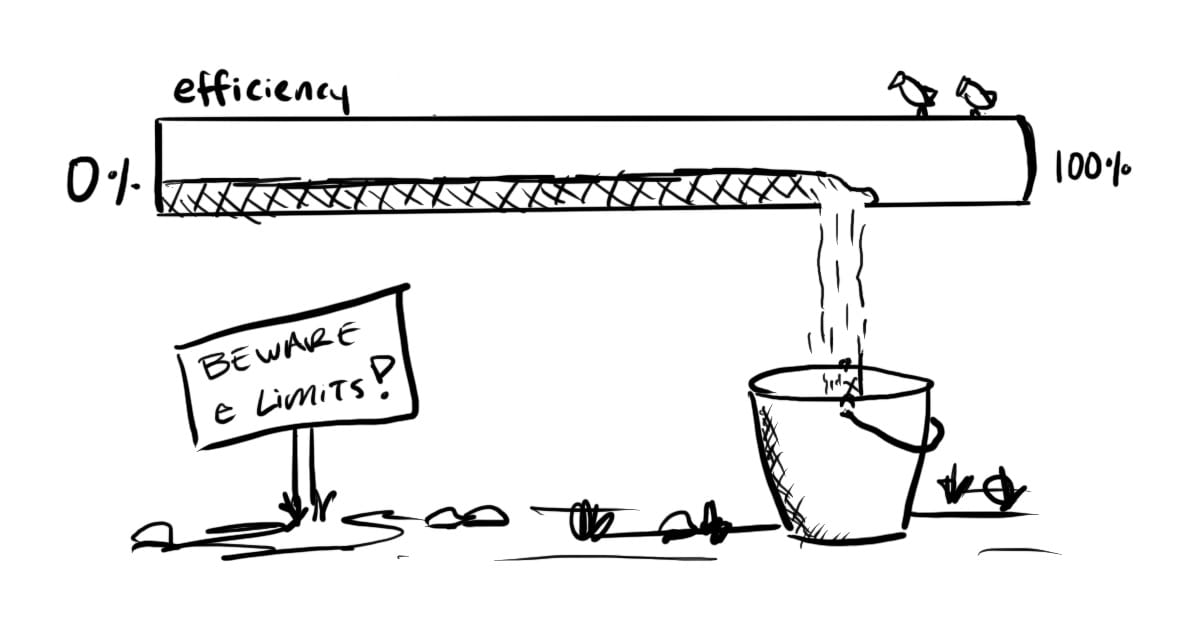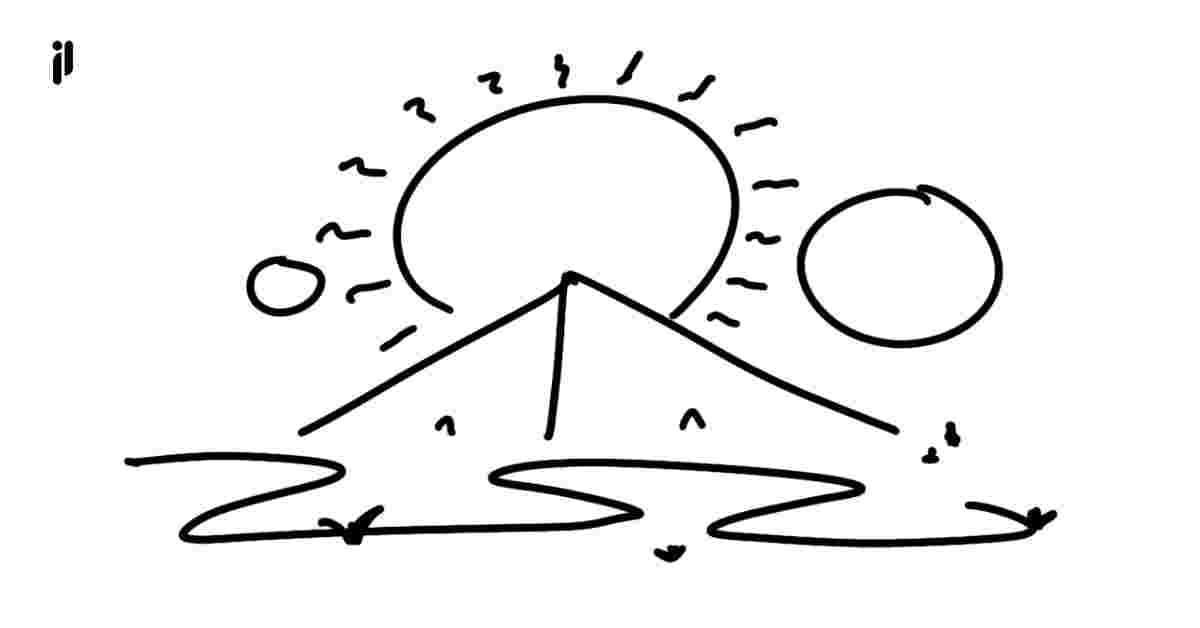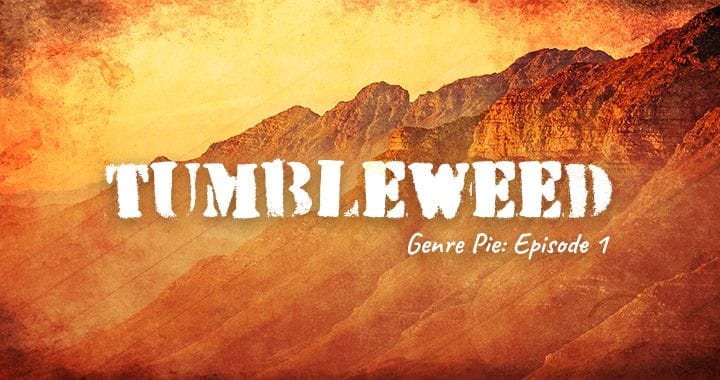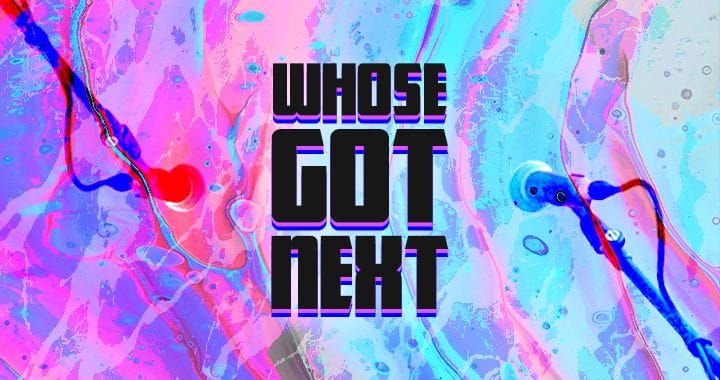Music as a Supporting Actor
Music enhances content, but how do musicians get paid? Here’s an overview of the challenges musicians face with licensing and getting credit, and how content identification systems aren’t making par.
Music is a great tool for setting the tone. A good soundtrack can take you from the edge of your seat, to the top of the world, to a dimly lit room. Add in some sound design and… well… you get it.
In today’s torrent of social media, music is everywhere. From Snapchat stories to YouTube videos over to Instagram clips and spattered across your Facebook wall, there’s a good chance that the video you like, to the ad you skip, to the story you share… uses music.
But how do the creators of that music get credit? More importantly, how do they get paid? Let’s take a closer look.
A Word On Licensing
Commercially if a film wants to use an artist’s song in its soundtrack, the musician and the film company would engage in what’s referred to as licensing.
Essentially, licensing is a paid agreement between the musician (the licensor) and the person or firm using the song (the licensee). Sometimes the price is fixed and paid upfront, sometimes it’s based on how many people see the content, and often it’s a mix of the two.
This isn’t just used for movies — It’s how karaoke bars, broadway plays, and even other musicians pay to use music legitimately. One of the most common forms of licensing happens when a music producer (typically the musician who writes all of the instrumentals) licenses a song for a musical artist to record vocals over. Well known producers like DJ Khaled, Calvin Harris and Metro Boomin’ can be selective about who gets to use their songs while still commanding a high fee.
Money flows, attribution is clear, and we all get to hear ‘Another one’.
In large, commercial settings like the one I just described, it’s easy to follow the credits of a song to the people who made it.
But what happens with music used in the bite sized content we consume on sites like Facebook, YouTube, Snapchat, and Instagram. As it turns out, that’s a little bit more complicated.
Content Identification
Sites like YouTube and Facebook have implemented systems to flag music that’s used without the original artists’ approval… essentially music that hasn’t been licensed.
They do this by analyzing the sounds within a video or piece of content and trying to match snippets of it to a song that’s in their database.
If there’s a match, the content is flagged for review and, in the case of music being used without approval, original artists are compensated with a portion of whatever money the content might make.
But, we know these systems are flawed.
For instance, pitching a song up or down can throw these algorithms off the scent completely. Worse yet, many popular apps that have slightly smaller user bases (like Snapchat and Instagram) haven’t implemented this system at all… Meaning it’s possible to use music to enhance content without any need or incentive to credit or compensate the artists.
In Closing
Now, I’m not saying that music should be cut out of the content we consume.
Luckily, platform advertisement and word-of-mouth increases the likelihood that the creator gets recognized and paid… However, without a way of enforcing proportionate credit and attribution, musicians are often left holding the bag.
So, next time you’re obsessing over a great post, pay attention to the music that’s being used. Ask yourself if the content would be the same without it… and consider the idea that social media has some catching up to do when it comes to making sure credit is given where it’s due.





